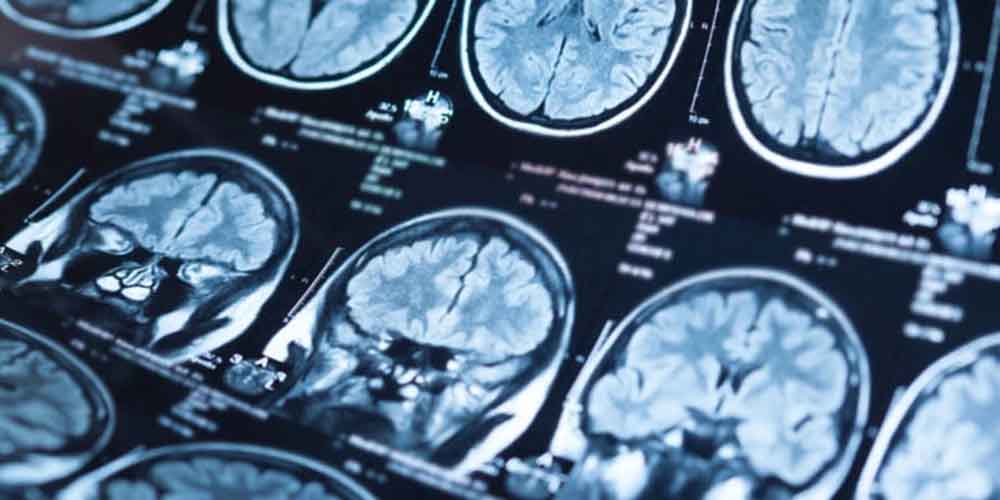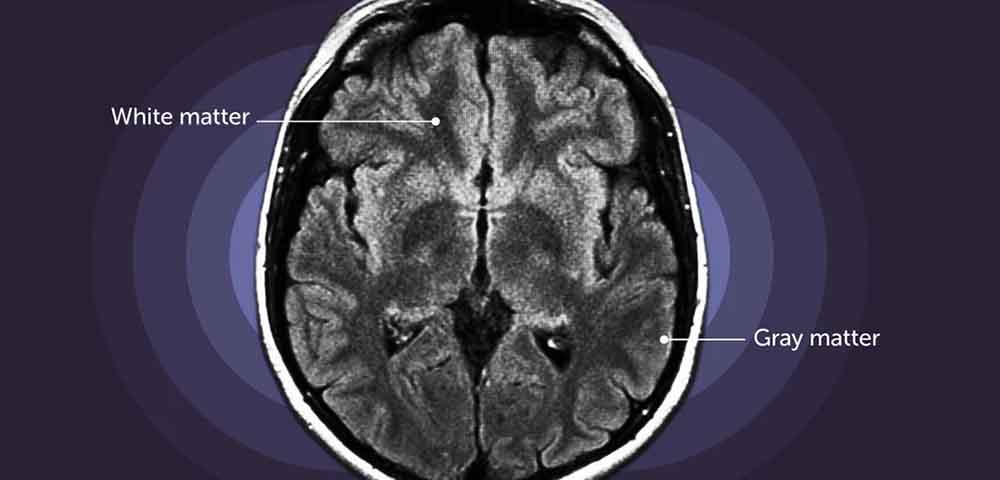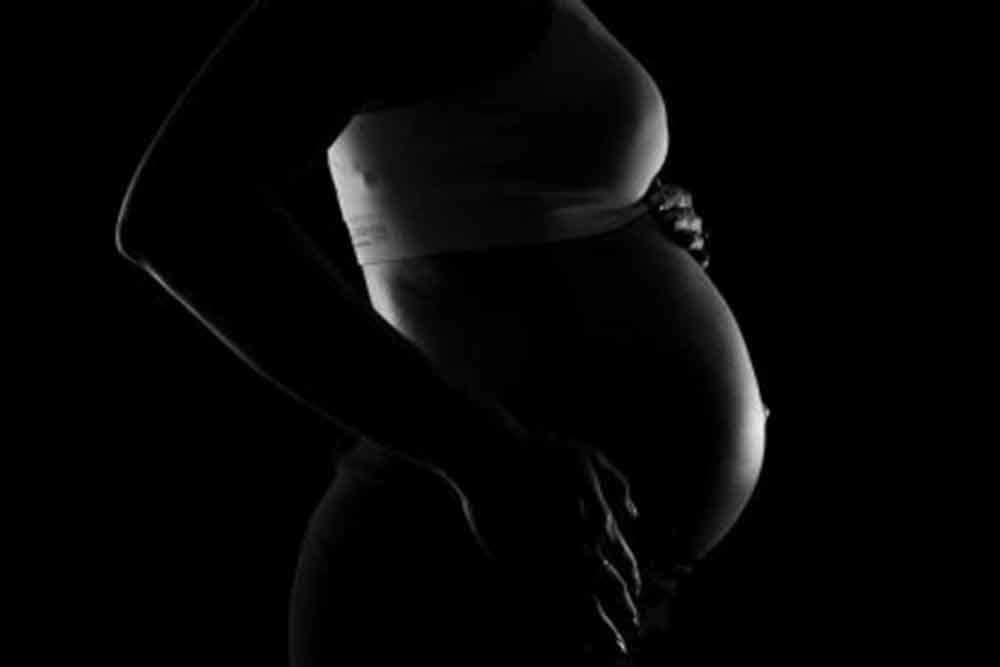According to a recent study, the grey matter volume in pregnant women decreases by roughly five per cent and a partial recovery occurs in the postpartum phase. The brain’s outermost layer and interior are made up of grey matter, which aids in information processing and interpretation, enabling thinking, learning, and memory.

In order to examine the structural alterations that take place during the second and third trimesters, as well as the first six months after giving birth, researchers studied the MRI brain scans of around 180 first-time pregnant women. The 'baseline' consisted of scans performed before conception.

In 94 per cent of the brain, grey matter was found to have changed. This shift was most noticeable in the default mode network, which is known to support social cognition. The study was published in the journal ‘Nature Communications’. Researchers discovered that a stronger mother-infant relationship was associated with a higher recovery of grey matter.

The study’s authors also found out that a U-shaped trajectory in grey matter volume dips in late pregnancy and partially recovers during the postpartum period. The U-shaped trajectory in GM volume impacted several areas throughout the brain’s cortex, covering 94 per cent of its surface. Changes in higher-order cognitive networks, including the frontoparietal and default modes, were especially noticeable. Additionally, the study demonstrated that the alterations in the brain associated with pregnancy were linked to variations in the levels of two estrogens, ‘estriol-3-sulfate’ and ‘estrone-sulfate.’

The researchers also found that a larger decline and subsequent recovery of brain grey matter volume are associated with a higher rise and subsequent fall in estrogen levels. In order to establish that the brain alterations are primarily related to the biological process of pregnancy rather than the feeling of becoming a mother, the researchers also included ‘non-gestational mothers,’ or women whose partners became pregnant.

A 38-year-old healthy woman’s neuroanatomical changes before, during, and after pregnancy were examined in a study published in the journal ‘Nature Neuroscience’. The results showed a substantial correlation between the increase in estradiol (an estrogen) and a general decrease in grey matter. Some of the brain abnormalities reverted to levels comparable to those at two months into the pregnancy, while others were found to last for up to two years after the pregnancy ended.
Image source: Neuroscience news, Telegraph India, Pixel